Last month I sat in a session at a meetings industry conference on catering for food allergies. Since I had just given a similar session for the same conference (Serve This, Not That!), I wanted to see what this caterer had to say.
In the session, one of the attendees asked the chef/owner of the catering company if it is possible to accommodate many different dietary needs with one menu item. He said yes and proceeded to describe a vegetarian, gluten-free barley salad they serve. STOP!
Barley is not gluten-free.
I told him this and he said, “Really? I didn’t know that. I have learned something new.”
So, in light of that conversation, this hilarious video from Jimmy Kimmel’s “Pedestrian Question ‘What is Gluten?” and that it’s Celiac Awareness month, I thought I’d enlighten everyone. In this post, I’m sharing some basic information about gluten and gluten sensitivity as well as some typical meeting menu items that contain gluten. In tomorrow’s post, I’ll write about Celiac Disease and suggest delicious, gluten-free options that everyone can enjoy.
What is gluten?
As Jimmy Kimmel mentioned, gluten is a mixture of two proteins — gliadin and glutenin—that is naturally found in wheat, rye, barley and triticale. It is the substance in flour that helps form the structure of dough, acting as ”glue” and binding food together. Think about the elasticity in bread dough—that’s because of gluten.
Where is gluten?
As noted above, gluten is a protein found in wheat, rye and barley. Here is a list of common gluten-containing foods and ingredients:
Wheat
(varieties & derivatives of):
[list icon=”icon: check” icon_color=”#d81c5c”]
- Atta
- Bulgar
- Couscous
- Durum
- Einkorn Wheat
- Emmer
- Farina
- Farro
- Graham
- KAMUT® Khorasan Wheat
- Matzoh
- Modified Wheat Starch
- Seitan
- Semolina
- Spelt
- Triticale
- Wheatberries
- Wheat Germ
- Wheat Starch
Rye
[list icon=”icon: check” icon_color=”#d81c5c”]- Bread
- Flour
Barley
[list icon=”icon: check” icon_color=”#d81c5c”]- Flakes, Flour, Pearl
- Malt in various forms
- Malted Barley Flour
- Malted Milk Or Milkshakes
- Malt Extract
- Malt Syrup
- Malt Flavoring
- Malt Vinegar
- Brewer’s Yeast
What products contain gluten?
[row] [column size=”1/3″]Wheat:
[list icon=”icon: check” icon_color=”#d81c5c”]- breads
- baked goods
- soups
- pasta
- cereals
- sauces
- salad dressings
- roux
Barley:
[list icon=”icon: check” icon_color=”#d81c5c”]- malt
- food coloring
- soups
- malt vinegar
- beer
Rye:
[list icon=”icon: check” icon_color=”#d81c5c”]- rye bread, such as pumpernickel
- rye beer
- cereals
What items on catering menus contain gluten?
Many natural and manufactured foods may contain the above sources of gluten. The sources might be clearly identified or might be hidden in unexpected ways in sauces, salad dressings, marinades, prepared meats (deli meats, hot dogs, hamburger patties, veggie burgers), candies and flavored coffees.
When creating a new dish or serving a prepackaged product for gluten-free guests, it is imperative that you always read the labels.
Common foods, including those found on catering menus, that contain gluten include:
[list icon=”icon: check” icon_color=”#d81c5c”]
Breakfast:
[list icon=”icon: check” icon_color=”#d81c5c”]- Pastries, Muffins, Donuts, Croissants, Bagels, Artisan breads, Toast — if offering self-serve toasting of gluten-free toast or bagels, a separate toaster must be provided
- Scrambled Eggs — Eggs are naturally gluten-free, but some chefs put pancake batter or wheat in scrambled eggs and omelets, to make them fluffier
- Oatmeal — steal-cut, pre-packaged; oatmeal is naturally gluten-free, but often grown in the same fields or processed on the same equipment as wheat, rye and barley, so they are often cross-contaminated. Certified gluten-free oatmeal is available.
- Roasted potatoes — some seasonings may contain wheat starch
- Pancakes, waffles, French toast, crepes, and biscuits
- Cereal — corn flakes and rice puffs often contain added malt extract or flavoring
- Granola — this is often made with regular oats, not certified gluten-free oats.
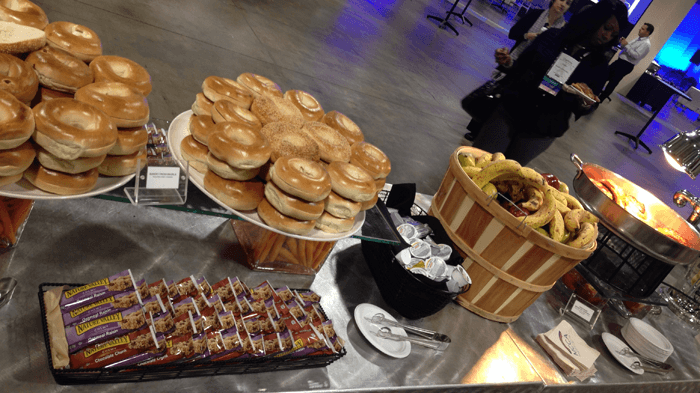
Breaks:
[list icon=”icon: check” icon_color=”#d81c5c”]- Cakes, cookies, pie crusts, brownies
- Candy and Candy Bars
- Granola — this is often made with regular oats, not certified gluten-free oats.
- Crackers — pretzels, goldfish, graham crackers
- Energy bars/granola bars – some may contain wheat as an ingredient, and most use oats that are not gluten-free
- Multigrain or “flavored” tortilla chips or tortillas that are not 100% corn-based
- Potato chips – some flavored potato chips contain malt vinegar or wheat starch
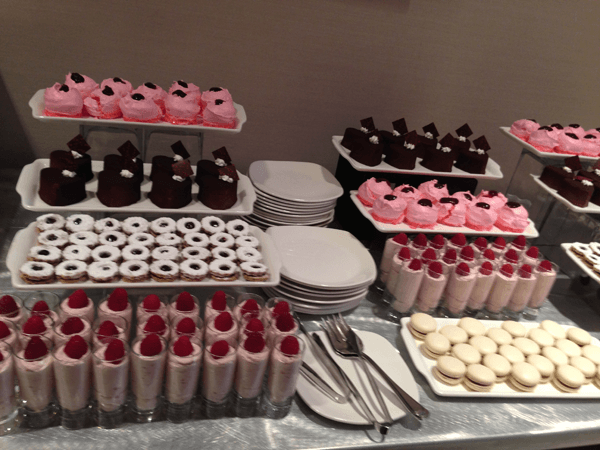
Lunch & Dinner:
[list icon=”icon: check” icon_color=”#d81c5c”]
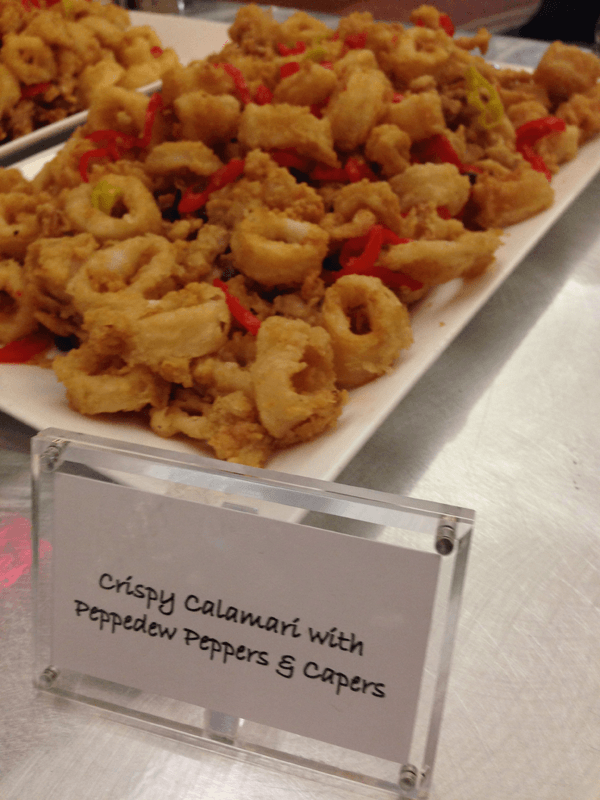
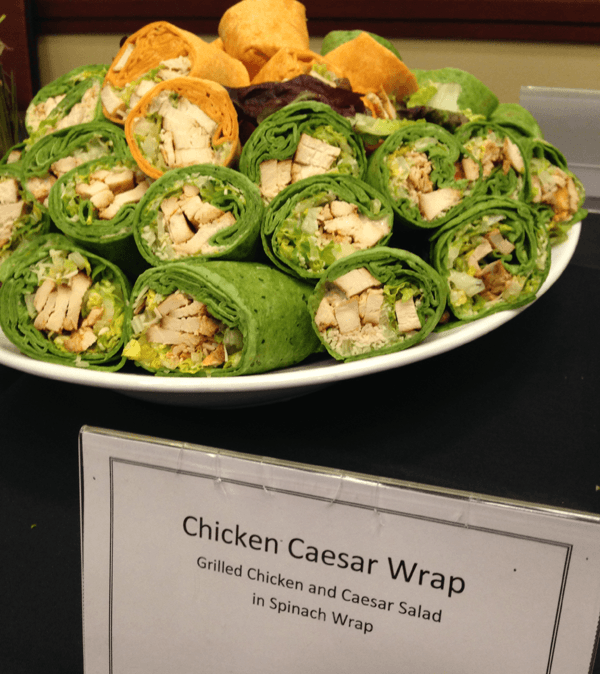
- Baked Goods — cakes, cookies, pie crusts, brownies
- Breads & Rolls — croissants, pita, naan, flatbreads, cornbread, potato bread, wraps, rolls
- Croutons — stuffings, dressings
- Breading & Coatings — panko, breadcrumbs
- Noodles — ramen, udon
- Pastas — raviolis, dumplings, couscous, gnocchi
- Soups — made with cream or a roux to thicken; many soups also contain barley
- Salad Dressings & Marinades – may contain malt vinegar, soy sauce, flour
- Flour Tortillas
- French fries – be careful of batter containing wheat flour or cross-contamination from fryers
- Pre-seasoned meats and processed lunch meats
- Meat substitutes made with seitan (wheat gluten) such as vegetarian burgers, vegetarian sausage, imitation bacon, and imitation seafood
- Sauces & Gravies (wheat flour is used as a thickener) — traditional soy sauce, cream sauces; tamari made without wheat is gluten-free
- Beer (unless explicitly gluten-free) and any malt beverages
- Cheesecake filling – some recipes include wheat flour
It is important to note that the above list is not all-inclusive. And that products labeled wheat-free are not necessarily gluten-free. They may still contain a form of wheat (see list above), rye, or barley that is not gluten-free. To confirm if something is gluten-free, refer to the product’s ingredient list. If you are still not sure, call the manufacturer.


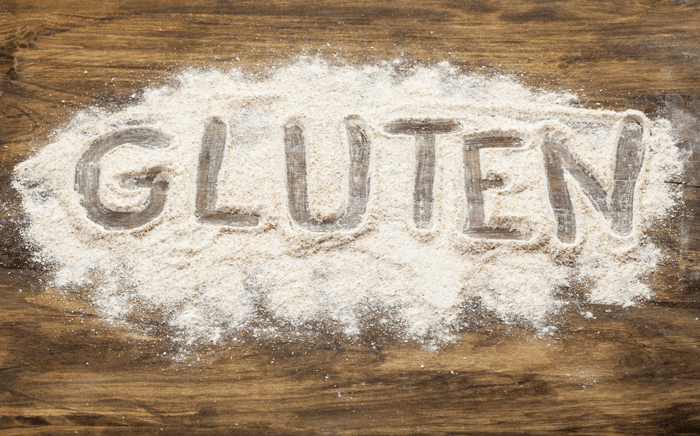

2 Comments
Julie
Interesting educational information, so helpful in directing menus
Tracy Stuckrath
Thanks, Julie. Glad it was helpful.
Comments are closed.